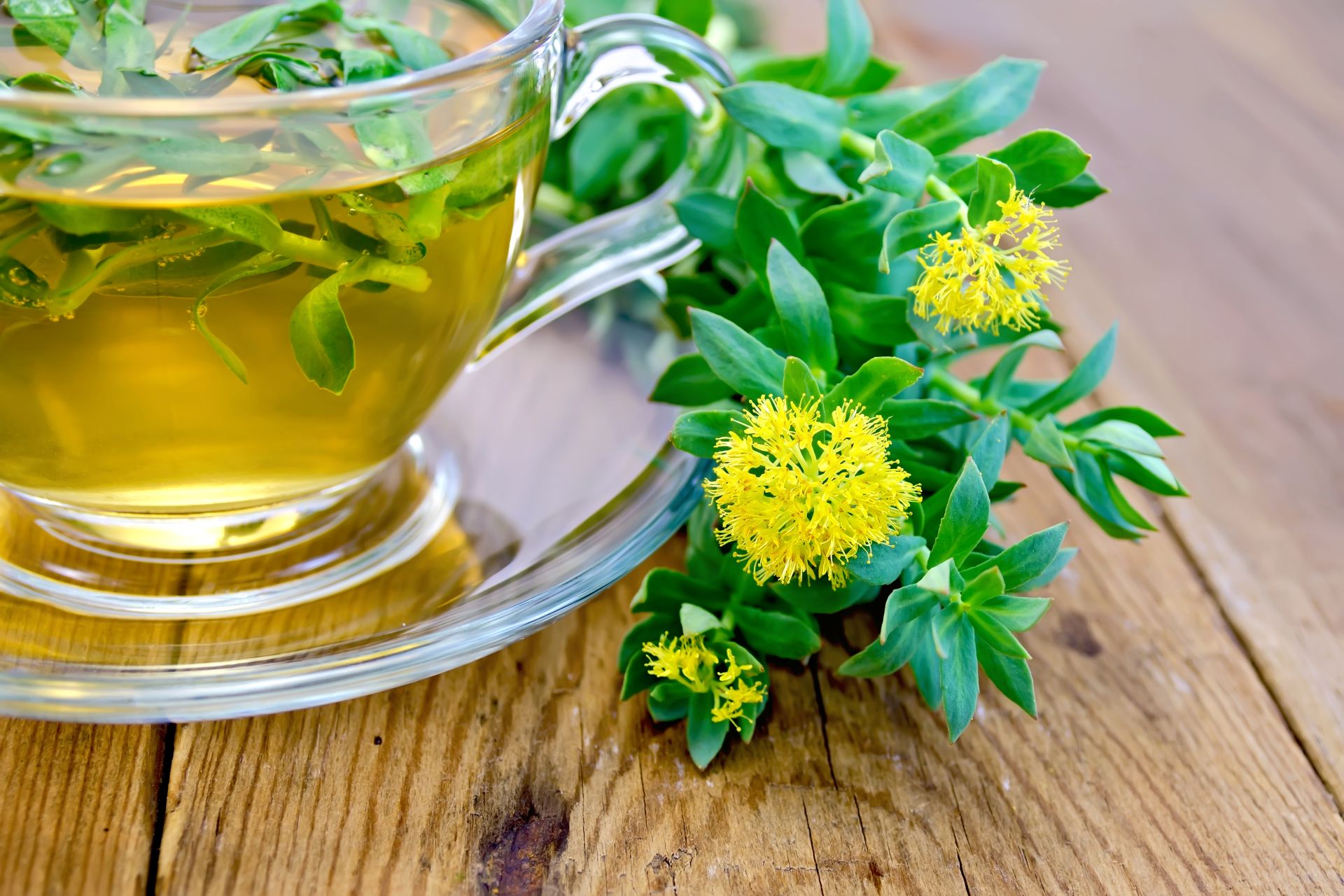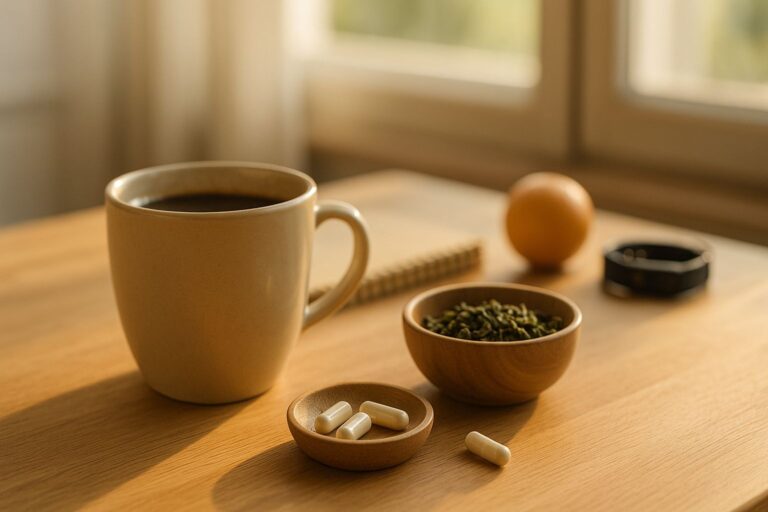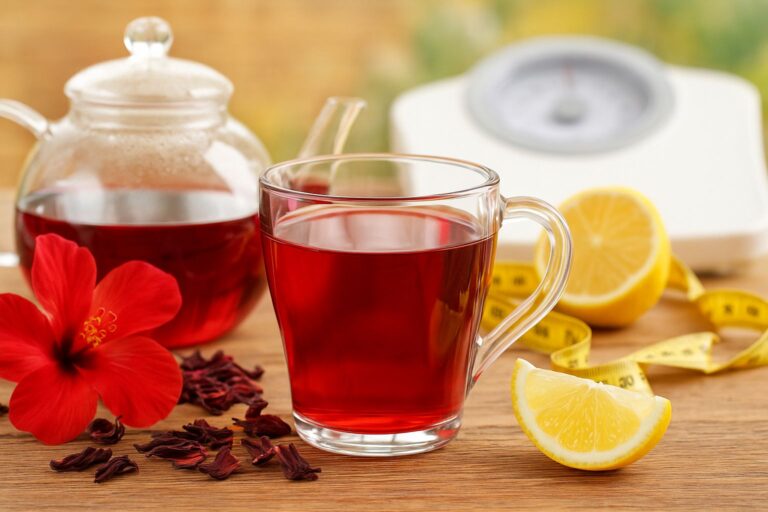
Rhodiola rosea — often called golden root — has been used for centuries by northern cultures to fight fatigue, sharpen focus, and improve endurance. Today, it’s gaining new attention from wellness enthusiasts who want a natural way to lift energy without relying on coffee or stimulants. One of the easiest ways to enjoy it is through rhodiola tea — an earthy, invigorating brew that delivers calm alertness, balance, and a metabolism boost.
Below, we’ll walk through what makes this herb special, how to prepare it at home, and a modern companion supplement that can help you experience the same revitalizing benefits from the inside out.
The Benefits of Rhodiola Tea
Rhodiola is classified as an adaptogen — meaning it helps your body adapt to physical, emotional, and environmental stress. Instead of forcing energy the way caffeine does, it smooths out your body’s stress response, helping you stay alert without the crash.
Regular use has been linked to:
- Improved mental focus and memory – supports neurotransmitter balance.
- Better mood and emotional stability – reduces fatigue and irritability.
- Enhanced physical endurance – boosts oxygen utilization and energy metabolism.
- Reduced anxiety and burnout – balances cortisol and supports a calm mind.
Many users describe it as feeling like “clean energy” — not jittery, just steady and awake. In ancient Russia and Scandinavia, soldiers and explorers drank rhodiola tea before long expeditions in extreme cold to maintain stamina and mental sharpness.
The best results come from consistency. Drinking it several times a week trains your body to handle stress better — a subtle but noticeable improvement over time.
How to Make Rhodiola Tea
Making rhodiola tea at home is simple and requires just a few ingredients. You can find dried rhodiola root online or at herbal stores.
Ingredients
- 1 teaspoon of dried rhodiola root (or ½ teaspoon of powdered extract)
- 2 cups of water
- Optional: a slice of lemon, a few mint leaves, or a teaspoon of honey for flavor
Directions
- Bring the water to a gentle boil.
- Add the rhodiola root and reduce heat.
- Simmer for 10–15 minutes — the longer it steeps, the stronger and more earthy the flavor.
- Strain into a mug, add honey or lemon if desired, and enjoy warm.
If you’re using powdered extract, steep it for a shorter time — around 5 minutes — and stir well before drinking.
For an energizing morning routine, drink rhodiola tea about 30 minutes after waking. If your goal is relaxation, try it in the afternoon to combat fatigue without affecting sleep.
A Modern Companion: Supporting Energy from Within
While rhodiola tea is a powerful traditional tonic, modern stress often pushes our bodies further than herbs alone can manage. That’s where advanced metabolic and mitochondrial support comes in.
A great complement to rhodiola’s natural energy-balancing effects is Mitolyn — a scientifically formulated supplement designed to optimize how your cells produce energy. Where rhodiola helps your body adapt to stress, Mitolyn helps your cells recover from it by targeting mitochondrial efficiency, supporting metabolism, and improving daily vitality.
Using both together is like pairing ancient wisdom with modern science:
- Rhodiola keeps your mind calm and steady.
- Mitolyn helps your body convert nutrients into long-lasting energy.
And the good news is that Mitolyn already has rhodiola in it. For people trying to fight fatigue, improve focus, or rebuild resilience, that combination can be transformative.
Final Thoughts
Rhodiola tea isn’t a quick fix — it’s a slow, steady investment in balance and endurance. It’s the kind of habit that pays off quietly: less afternoon fatigue, sharper focus, and a mood that doesn’t crash when stress hits.
Whether you’re steeping a fresh cup or pairing it with a supplement like the above mentioned Mitolyn, what you’re really doing is restoring your body’s natural rhythm — the one that gets buried under modern chaos.
Make it part of your routine. Sip slowly. Let the calm clarity of this Arctic root remind you that real energy doesn’t come from caffeine or sugar — it comes from balance.


